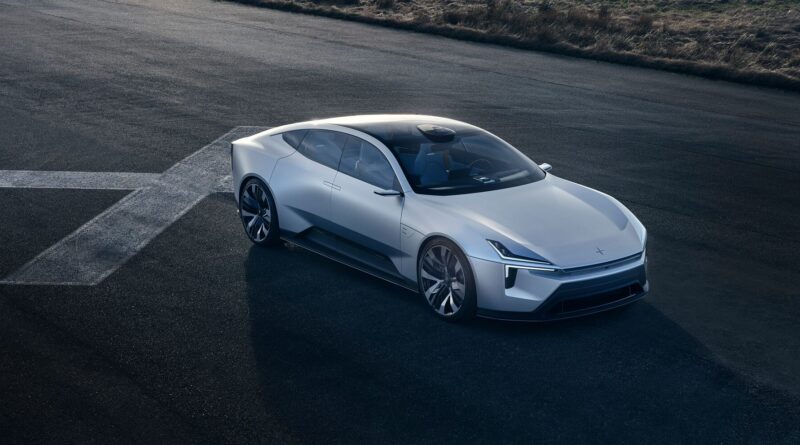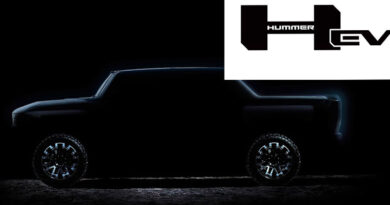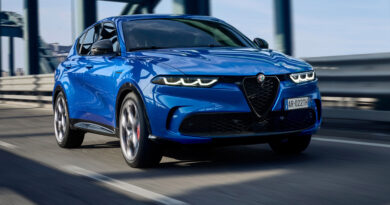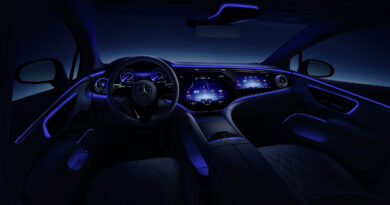Polestar Precept confirmed; Mercedes-Benz, Jaguar, Tesla targetted
The top-end of town will soon get an electric car shock with confirmation Polestar will soon begin producing its flagship Precept.
The upstart Swedish brand that is half owned by Volvo – the other half owned by Chinese giant Geely, which owns Volvo (confused?) – has confirmed it will produce a new carbon-neutral plant in China that will manufacture the pinnacle of Polestar luxury.
The Precept was first shown early in 2020 and touted as “a vision of the brand’s future direction” with an emphasis on technology and futuristic design.
Now that vision is heading for showrooms.
“Consumers want to see change from this industry – not just dreams,” said Polestar CEO Thomas Ingenlath in showing the car at the 2020 Beijing motor show.
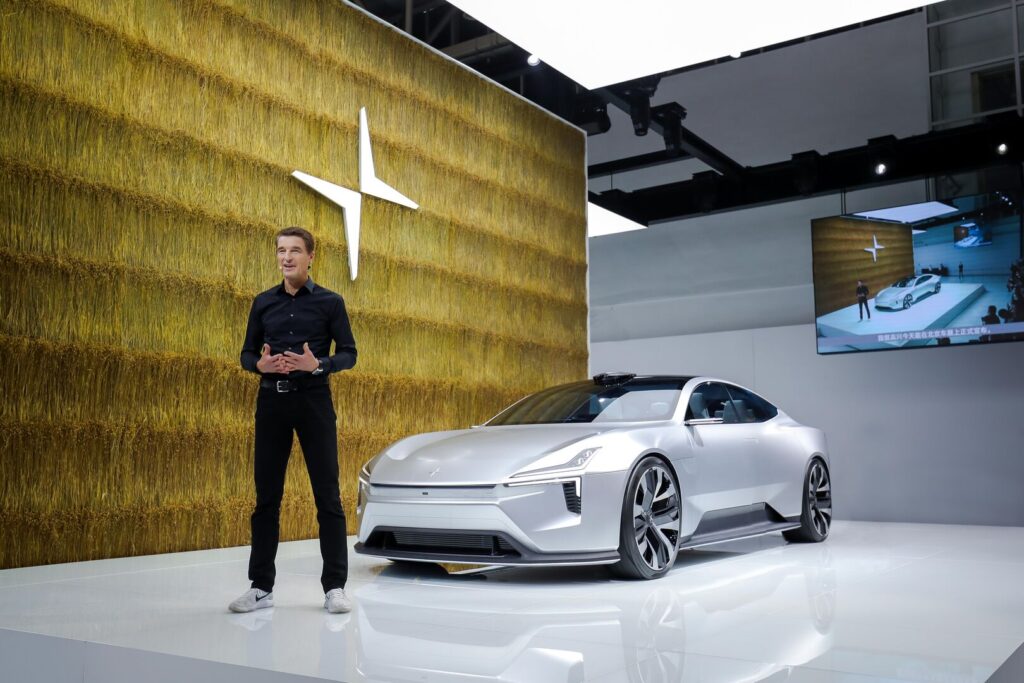
“Now, Precept becomes an even stronger statement. We are committed to reducing the environmental impact of our cars and our business. The aim has to be climate neutrality, even though I recognise that is a long-term goal.”
Key to the Precept’s plans to muscle in on the likes of the Mercedes-Benz S-Class and upcoming all-electric Jaguar XJ – Tesla is also a likely target – is an innovative selection of materials “that surpasses the conventions of leather, wood and chrome”.
And reusing or recycling is a major focus of the Precept.
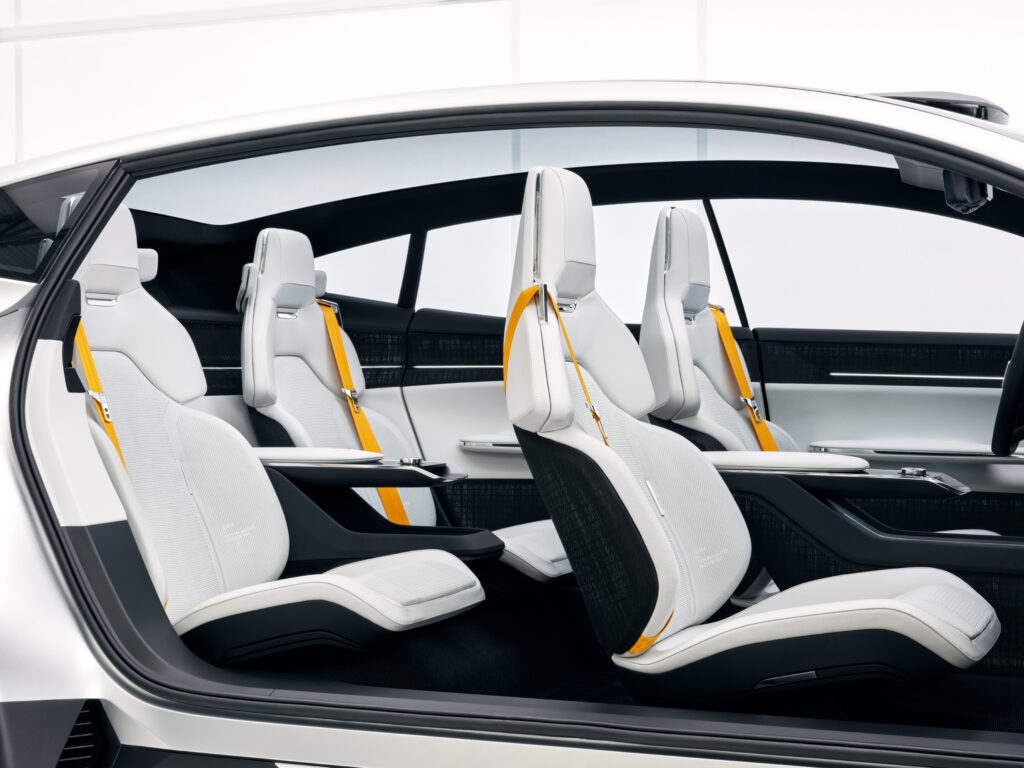
The carpet is made from recycled fishing nets, for example, and the seats from recycled PET plastic bottles. Recycled cork vinyl is used in the seat bolsters and headrests.
Plants such as flax are also used to produce composite materials that replace traditional plastics.
When revealing the car early in 2020 Ingenlath said the Precept was a statement car that highlighted the fledgling Polestar brand’s DNA of being progressive and environmentally aware.
“The car is a response to the clear challenges our society and industry face,” said Ingenlath. “This is not a dream of a distant future, Polestar Precept previews future vehicles and shows how we will apply innovation to minimise our environmental impact.”

A lengthy 3.1-metre wheelbase confirms the Polestar Precept is targeting large limousines.
Polestar says the ground-up EV architecture provides generous interior space, with an emphasis on rear head- and legroom.
That also solidifies one of its core markets: China. Rear comfort is crucial for wealthy Chinese, who prefer to be driven around rather than drive themselves.
“China is a home market for Polestar and we recognise the increasingly important drive for greater sustainability here,” said Ingenlath when confirming the Precept’s imminent production at the Beijing motor show. “With this new factory, we will again raise the bar, aiming to produce the most advanced and premium electric car in China with the lowest carbon footprint.”
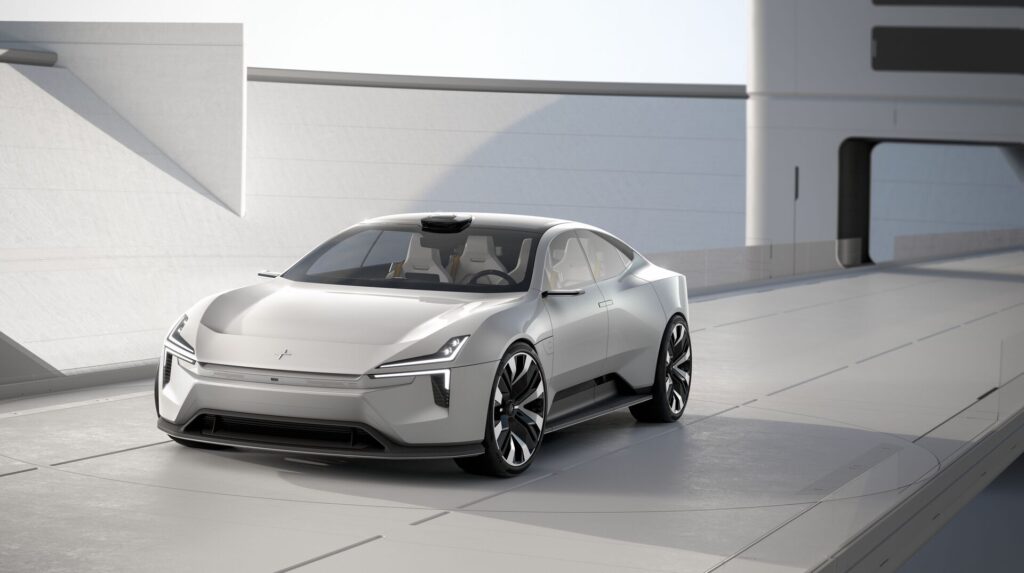
A 12.5-inch digital instrument cluster is backed up with a sizeable 15.0-inch central infotainment touchscreen.
As with all Polestars – including the Polestar 2 that is expected to arrive in Australia in 2021 or 2022 – the Precept uses the Android Automotive operating system that not only covers off infotainment but also provides the software to control the ventilation, lighting and other major functions.
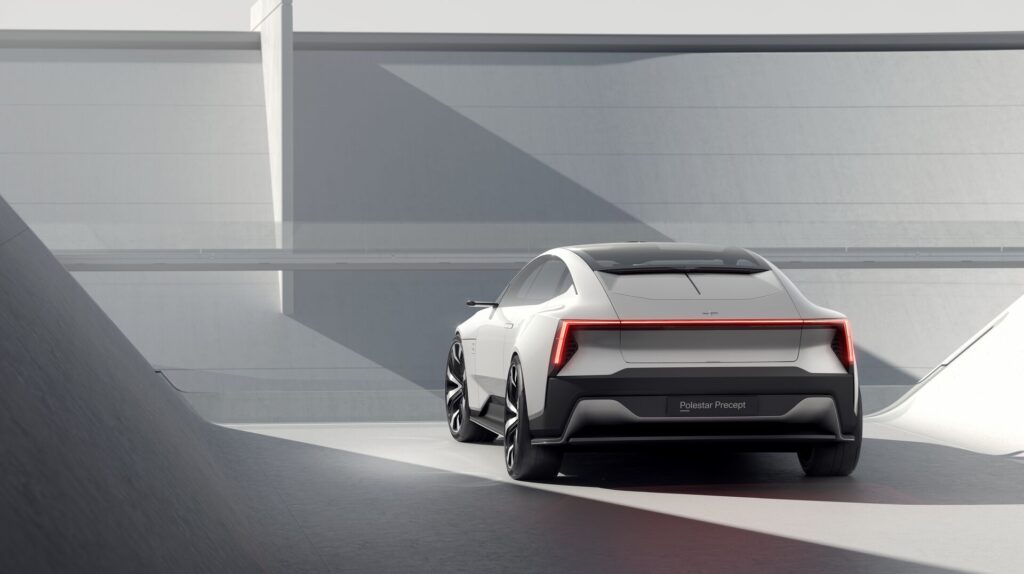
With plenty of Volvo DNA it’s also no surprise the Precept has an intense focus on safety and driver assistance systems.
The slim grille houses various sensors and cameras for crash avoidance and driver aids, plus there’s a lidar (laser radar) pod on the roof for long distance sensing of the surrounds.

